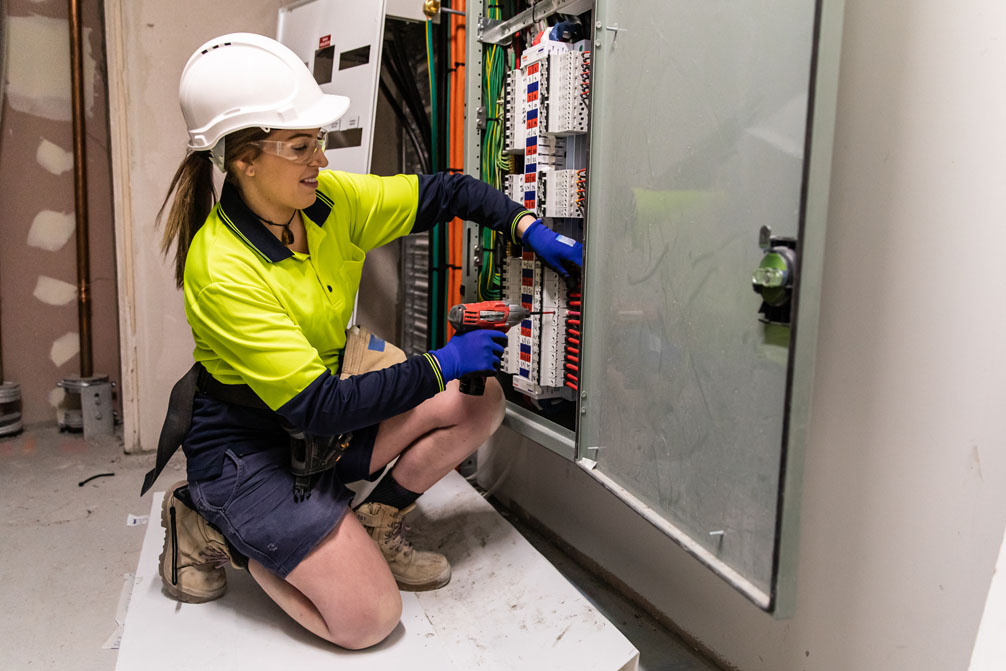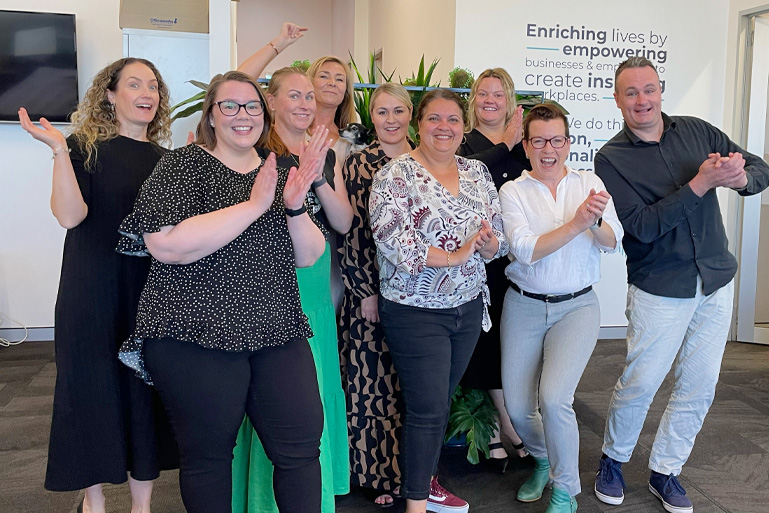Australia is shaking things up by tying government contracts to gender equality – is your business ready to close the gap?
Insights Author: Simon Rutten
Australia’s fight for gender equality in the workplace is about to take a big step forward. The Australian government is proposing a major change to how companies compete for government contracts.
In short, companies with more than 500 employees will now need to show they’re making progress on gender equality to be eligible to tender. This means they’ll have to meet specific targets set by the Workplace Gender Equality Agency (WGEA) in areas like equal pay and promotions for women.
With the government’s new push for gender equality in workplaces, let’s dive into the data that prompted this action. We’ll explore what this legislation means for businesses and how it might impact your recruitment practices.

Why is the government acting now?
This policy change comes on the heels of the WGEA releasing Australia’s latest gender pay gap data. While the numbers confirmed what many suspected, they were a sobering reminder of the ongoing challenge of equal pay.
The data showed a significant gender pay gap, with women earning an average of 21.7% less than men in total remuneration. This means for every dollar a man makes, a woman earns only 78 cents. Over a year, this translates to a staggering difference of $26,393.
It’s important to understand how this figure is calculated.
The WGEA data includes base salary, overtime, bonuses, and other payments reported by employers in their annual census. This is the average gap, but the WGEA also reports a median gap, which reflects the typical female employee’s experience compared to her male counterpart. This median gap currently sits at 19%.
Whichever number you look at, the data is clear: women are paid less than men.
The pay gap impacts women at all levels, jeopardising their financial security and long-term economic prospects.
Tying the knot: Contracts and gender equality
The proposed legislation aims to link government contracts with concrete action on gender equality. Companies will be incentivised to implement effective policies that address areas like:
- Pay equity: Ensuring women receive equal pay for equal work.
- Promotions: Removing bias from promotion processes and creating opportunities for women to advance.
- Work culture: Fostering a culture that supports and values female employees.
This focus on measurable targets achieves two key things. First, it holds companies accountable for making progress on gender equality. Second, it provides a clear roadmap for them to follow, guiding them towards a more equitable workplace.
The road ahead
The fight for gender equality in workplaces is an ongoing journey. This new legislation, however, marks a significant step forward.
By linking government contracts to achieving specific targets, the government is sending a clear message. Companies that prioritise gender equality and actively work to close the gap will be rewarded with lucrative contracts. However, those that fall short risk losing valuable business opportunities.
Adapting your recruitment efforts for gender equality
In light of these proposed changes, how can you adapt your recruitment efforts to actively support gender equality?
Here’s what you can expect and how to adjust your approach:
Focus on diverse talent pools
Companies will need to actively seek out and attract qualified female candidates. This means expanding your reach beyond traditional channels and tapping into talent pools with strong female representation. Consider partnering with women’s professional organisations, attending industry events focused on diversity, and utilising targeted online job boards like Women’s Agenda Jobs.
Review your hiring practices
Unconscious bias can creep into the recruitment process. Review your job descriptions to ensure they are free of gendered language and focus on the skills and experience needed for the role. Implement structured interview processes with clear evaluation criteria applied consistently to all candidates. Use diverse interview panels to bring in different perspectives and mitigate bias.
Read more: Ways to eliminate gender bias in the workplace
Invest in a supportive workplace
Simply attracting female talent isn’t enough. You need to create a workplace that fosters their growth and retention. Promote work-life balance initiatives, offer robust parental leave policies, and provide opportunities for professional development.
Read more: How can we support women in the workplace

Transparency is key
Be upfront about your commitment to gender equality in your job postings and company culture statements. Showcase your existing efforts towards creating an inclusive environment and highlight opportunities for career advancement within your organisation.
By taking a proactive approach to these considerations, businesses can navigate the upcoming changes and build a strong talent pipeline that reflects the diversity of the Australian workforce.
Remember, a focus on gender equality isn’t just about meeting targets; it’s about creating a fairer, more productive, and ultimately, more successful workplace for everyone.







